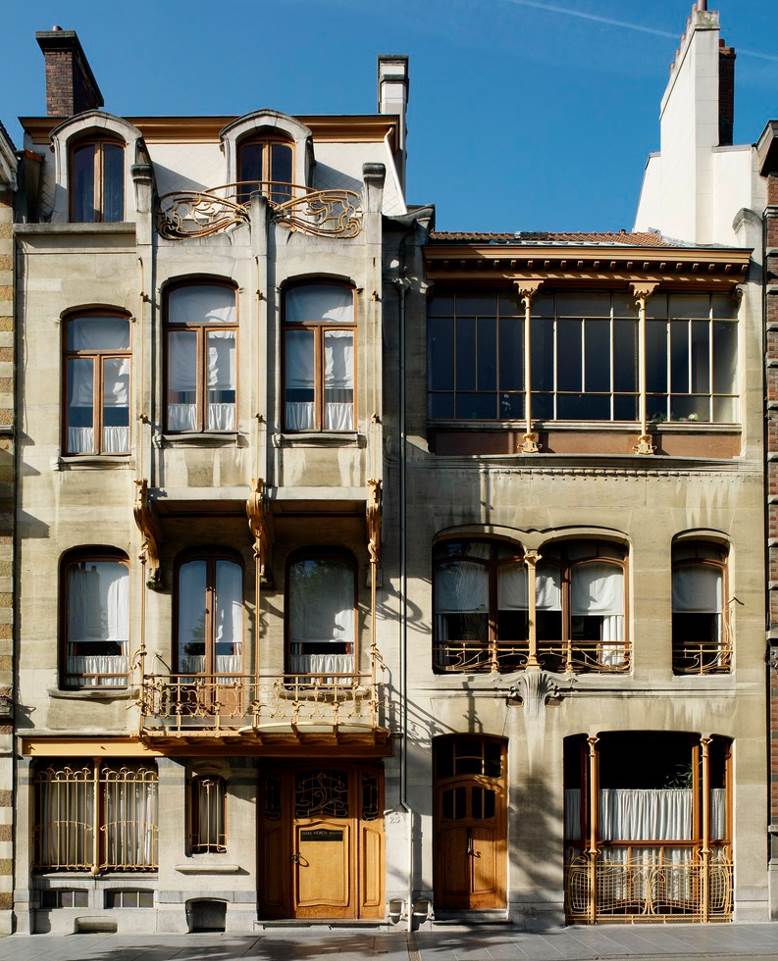When a Belgian artist started experimenting with a radical new approach to home design in the late 19th century, he revolutionized the world of architecture.
Victor Horta (1861-1947) was a Belgian architect and interior designer considered to be one of the founding fathers of the Art Nouveau art movement.
That’s because he designed the first Art Nouveau buildings in history. These feats of architecture in Brussels became highly influential.
In this article, you’ll discover some of the most interesting facts about the Hôtel Tassel, one of several important buildings designed by Horta.
1. The Hôtel Tassel is located just south of the historical heart of Brussels
The Hôtel Tassel is a typical townhouse in the heart of Brussels, the capital city of Belgium. At least, that’s what it initially appears to be.
This Art nouveau building looks rather similar to the other houses in the Rue Paul Emile Janson, a side street of Avenue Louise, a major thoroughfare in the city.
This huge avenue leads up to the Palais de Justice, a landmark in Brussels that was the largest building that was constructed in the 19th century.
The historic Grand Place and its remarkable City Hall and Baroque guild houses, the heart of the city, are situated just a bit further north.
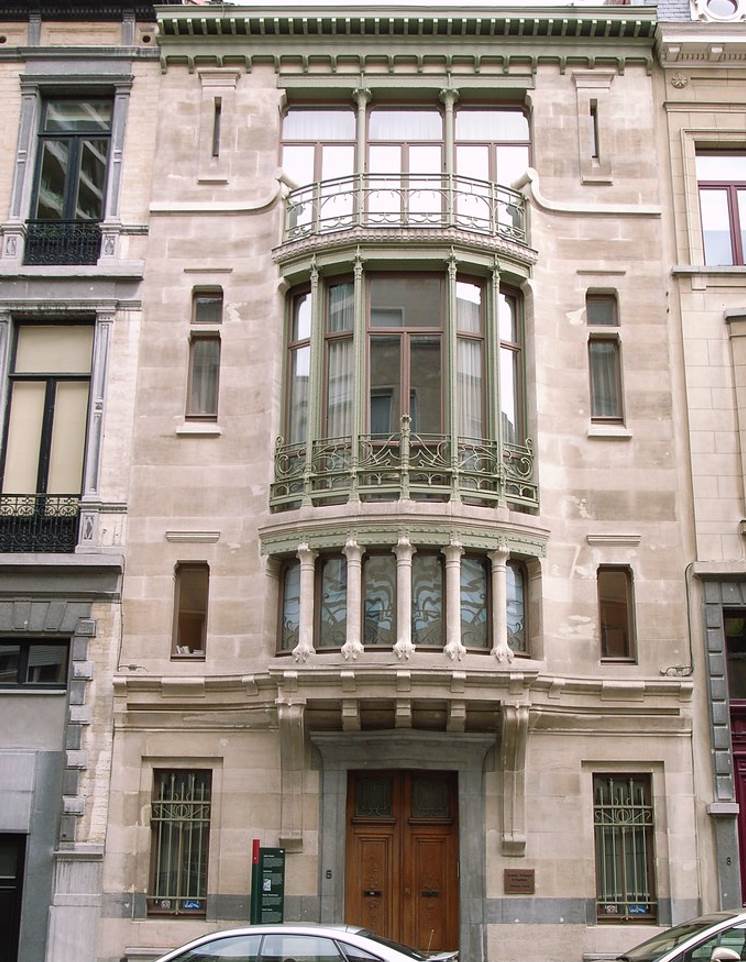
2. It’s one of the most important buildings that Horta ever designed
The main reason why this particular building has such important historic value is that it was the first true Art Nouveau Building that Victor Horta designed.
He utilized open floor plans and expensive materials, elements that skyrocketed the price to build such a house.
The Hôtel Tassel was constructed between 1892 and 1893 and was a precursor of modern architecture because of its interior design and decoration.
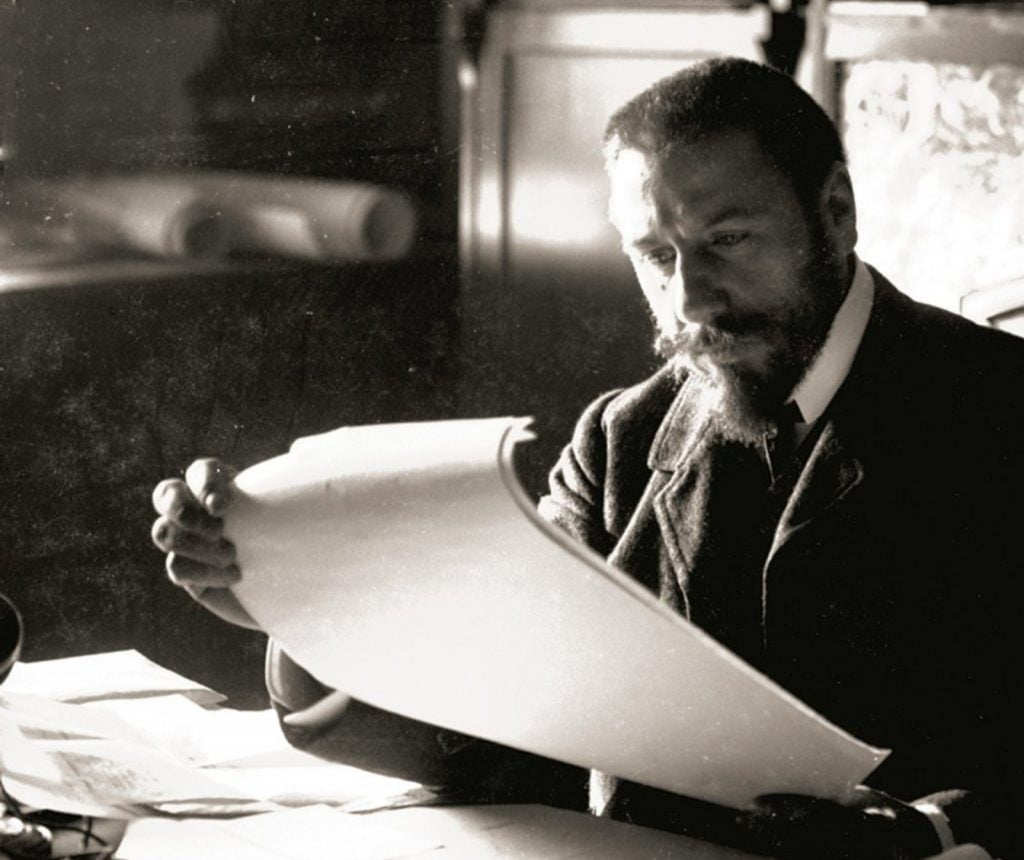
3. It wasn’t the first townhouse he designed in the Belgian capital
Although this townhouse is classified as the first true Art Nouveau building in the world, it wasn’t the first building that Horta designed.
He briefly studied architecture in Paris during his teenage years but returned to Belgium in 1880.
He continued his studies at the Royal Academy of Fine Arts in Brussels where he became friends with paul Hankar (1859-1901), another pioneer of Art Nouveau architecture.
It was only when he became acquainted with the British Arts and Crafts Movement that he started experimenting with new designs.
When he earned his first commission from his friend Eugène Autrique, he was given the freedom to let his creativity take over.
The design of the so-called “Autrique House” completed in 1893 was the first glimpse of Art Nouveau architecture.

4. The main reason why it was so revolutionary is a feature in the center
The Autrique House featured many elements that define Art Nouveau architecture, but the overall design was similar to all other traditional residences in Brussels.
All the rooms in the building of this house are located on the left side and can be accessed from a narrow hallway and staircase.
The central room didn’t feature any windows which made it a gloomy place to have dinner so Horta had to dig to find a solution.
When he started working on the design of the Hôtel Tassel he produced a building that consists of three sections, one on the front and one on the back, and a central steel structure.
This central part provides access to other sections via a staircase and hallways that interconnect the rooms of the house. This is why the Hôtel Tassel was so revolutionary in the late 19th century.
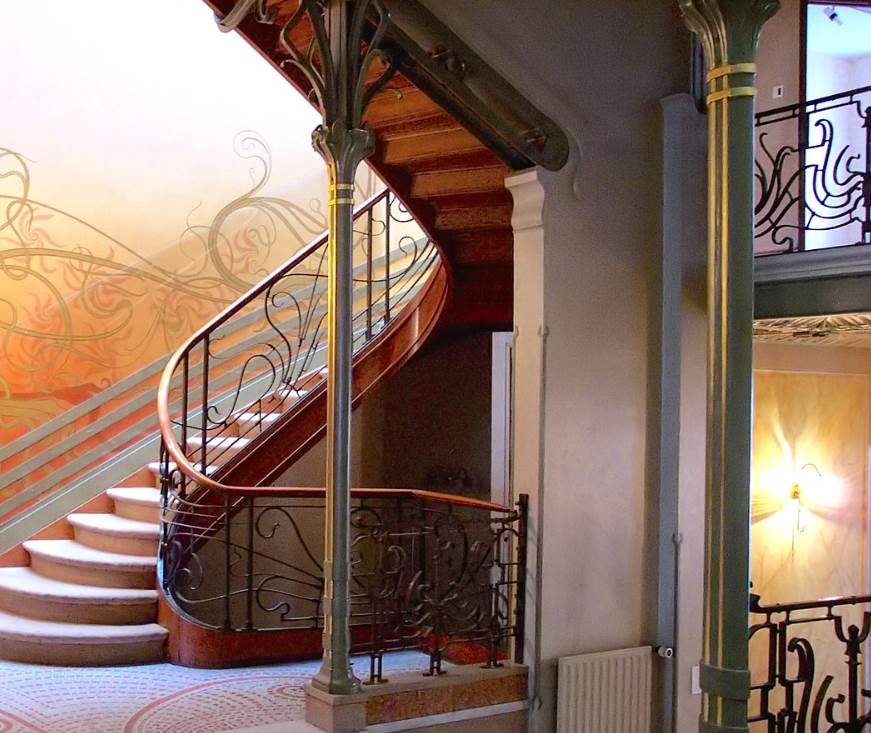
5. The steel structure in the center had an essential additional purpose
The remarkable spatial composition of the building wasn’t merely intended to break away from the traditional house design at the time.
The top section of the steel structure in the center of the house is made of glass. This way, Victor Horta found a solution to the problem of having dark rooms in the house.
This central section not only allows people to reach every part of the house but also brings natural light into every room.
Horta included the same concept in all of his other townhouses in Brussels, including the Horta Museum which served as his own residence.
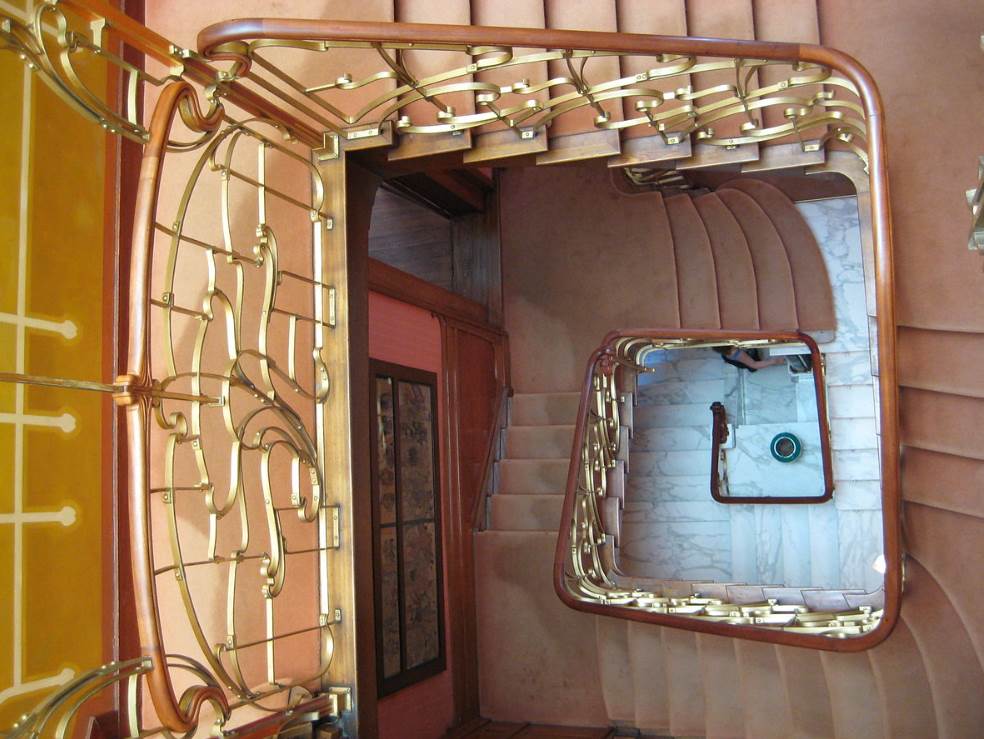
6. The building overflows with Horta’s typical whiplash design
Every single part of his house was designed by Victor Horta. He integrated the whiplash design into just about every part of the building.
This style defines Art Nouveau and revolves around asymmetrical lines that were inspired by natural and vegetal forms, all while retaining a sense of fluidity.
That’s why Art Nouveau’s design often resembles plants and flowers. These design elements can be found in copious amounts at the Hôtel Tassel, including the patterns on the floor.
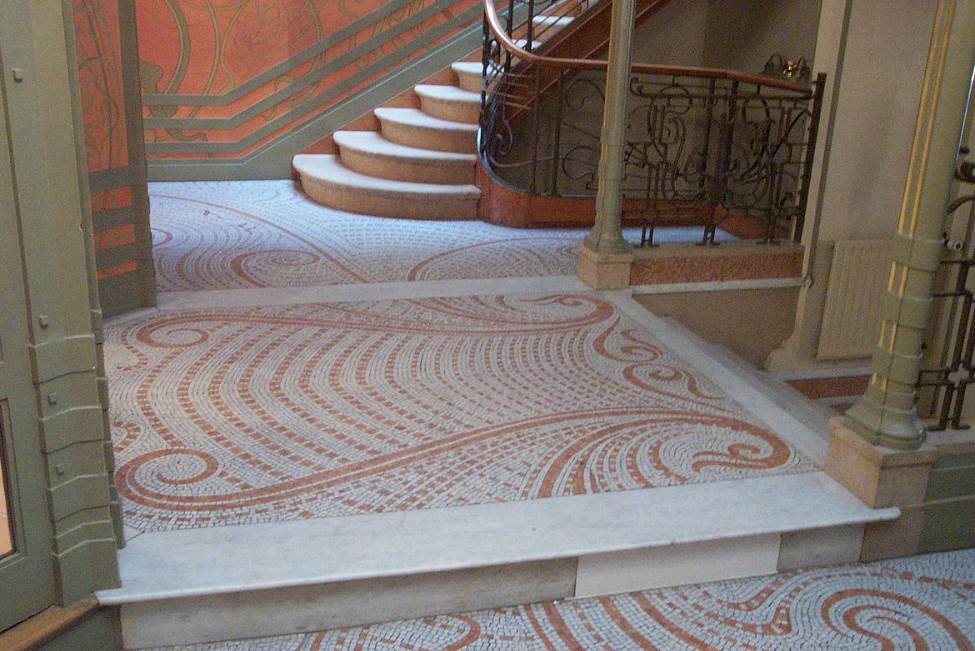
7. The exterior of the building also features typical Art Nouveau elements
Although the exterior of the building isn’t as revolutionary as the interior, Horta still used various elements that define Art Nouveau architecture.
Some of these elements are:
- It features a smooth curve that retains a sense of fluidity.
- The columns on the façade are made of iron instead of stone.
- There are large windows that further help to illuminate the interior with natural light.
- The architectural details such as brackets and rivets are visible.
- The balcony features acanthus patterns, a typical Art Nouveau design element.
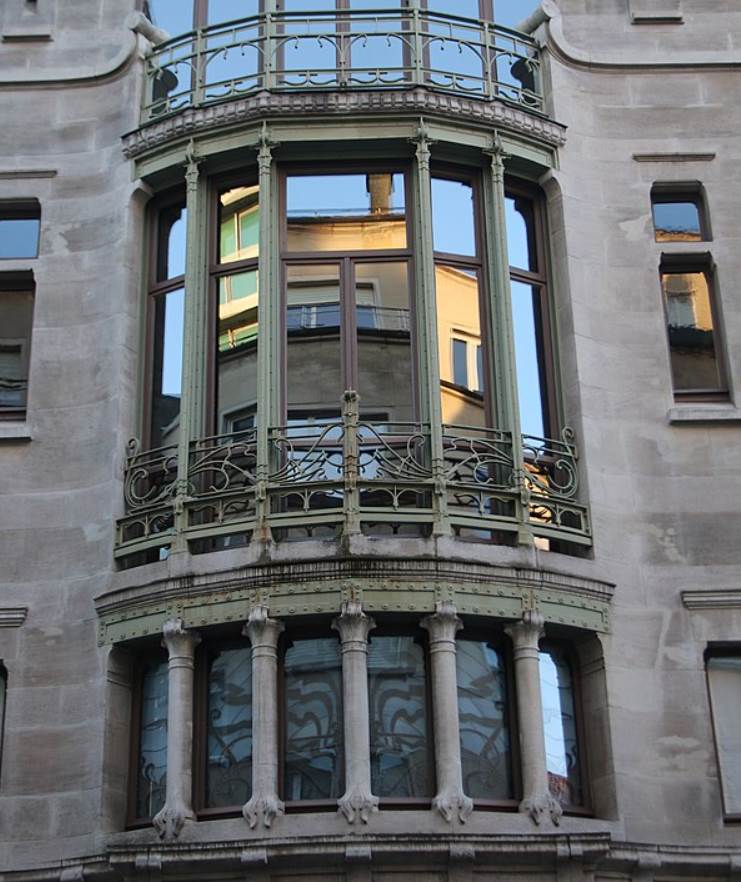
8. It’s one of 4 townhouses designed by Horta that became a UNESCO Site in 2000
Victor Horta designed 4 different townhouses in Brussels in the late 19th and early 20th centuries. These included:
- Hôtel Tassel (1892-1893)
- Hôtel Solvay (1895-1900)
- Hôtel van Eetvelde (1895-1898)
- Maison & Atelier Horta (1898)
The importance of these buildings in the history of architecture has been recognized by UNESCO because they are designated as World Heritage Sites in 2000 under the title “Major townhouses of the architect Victor Horta.”
The organization described the buildings as:
The stylistic revolution represented by these works is characterized by their open plan, the diffusion of light, and the brilliant joining of the curved lines of decoration with the structure of the building. Because of this, they are some of the most remarkable pioneering works of architecture of the end of the 19th century.
